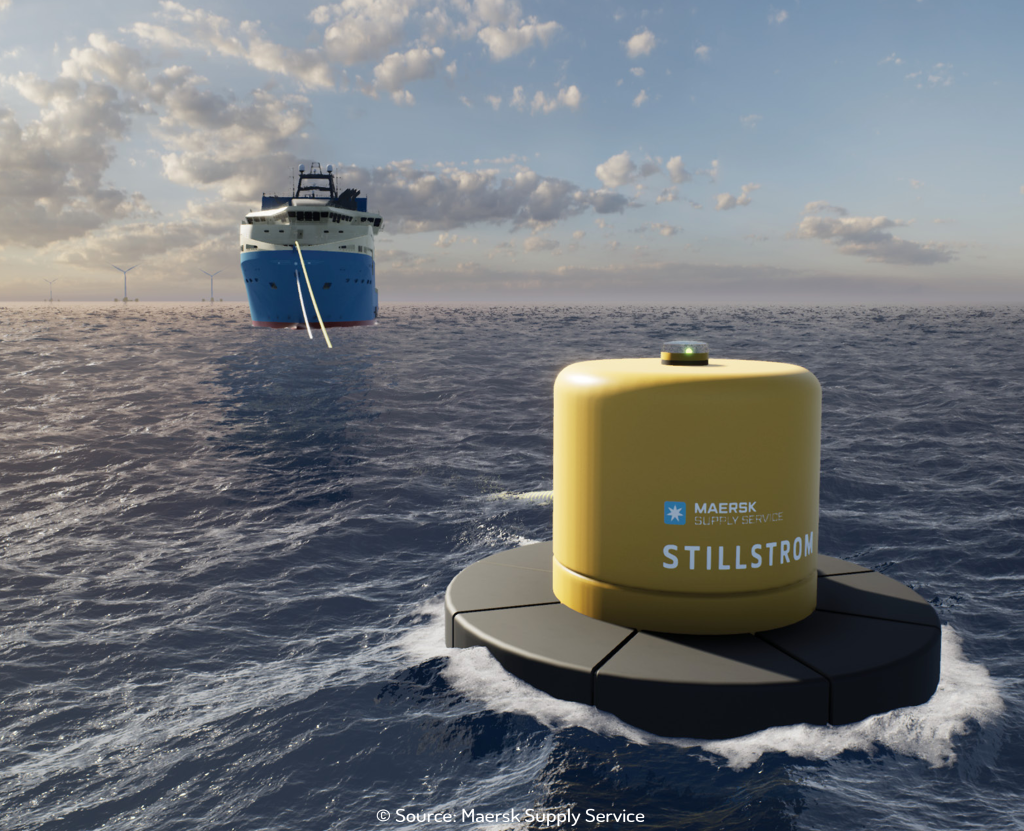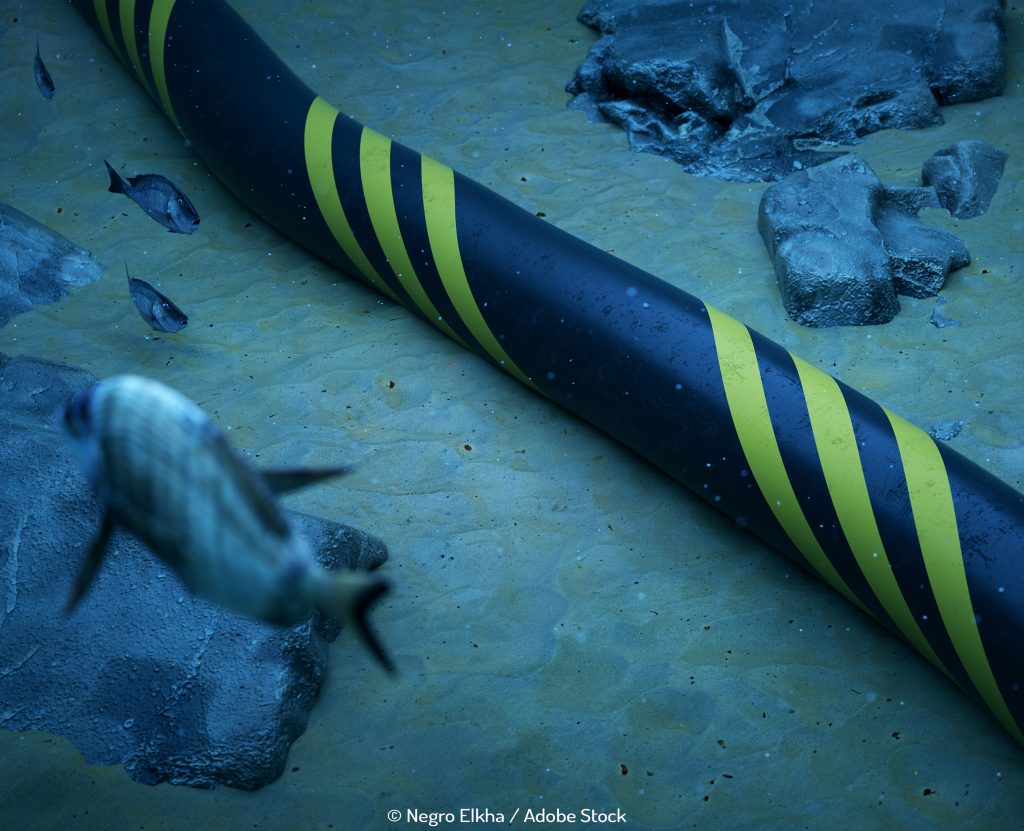
World’s first offshore vessel charging station launching in 2022
This year will see the beginnings of yet another exciting innovation in the offshore energy industry, with strides being made towards the hybridisation and decarbonisation of the sector.
Orsted and Maersk energy are collaborating to produce the world’s first offshore electric vessel charging station which will be launched in 2022. Whilst in use, these stations will allow vessels to gain power from a clean, electric energy supply. This means vessels can turn off their engines when idle and connected to the charging buoys, practically eliminating their carbon emissions and the noise pollution produced by their engines whilst in use.
This is part of Maersk Energy’s new venture Stillstrom (meaning quiet power in Danish) which is an offshore charging buoy concept. As explained above, when moored at these offshore charging buoys, idle vessels can substitute fossil fuels with green energy. Stillstrom is intending to eventually install multiple buoys at different ports, energy islands, and near-shore locations. Naturally, the more buoys installed, the greater the positive impact of their carbon elimination capabilities. But this is not the only good news, they will also be useful in preventing the increasing amounts of congestion and air pollution in port areas that we are currently seeing.
For the time being, we can see the beginnings of Stillstrom’s impact on the offshore energy sector as Maersk Supply Service and Orsted collaborate on a trial of one of the buoys at one of Orsted’s North Sea offshore wind farms. Orsted will oversee the grid integration of the buoy which will be tested this year. The prototype will supply a Orsted SOV (service operation vehicle) with overnight power. This venture is particularly of interest to Orsted, who are looking to make a serious dent in their emissions due to their target of having carbon-neutral operations in 2025.
Another reason the trial of this prototype charging buoy is particularly exciting is due to the possible impact that this technology could have in the future. Although the buoy being tested will only be capable of producing enough power to supply an SOV-sized battery or hybrid electric vessel, there is a possibility that the technology could be scaled up and adapted to later provide power to larger vessels. Orsted has announced that all intellectual property generated throughout the design and integration of the buoy into a functional offshore charging port will be made publicly available. Doing so helps to facilitate the widest potential impact of this innovation across the offshore sector, making it likely that this carbon-reducing technology will have greater environmental impacts in the future.
Managing Director for Offshore Renewables at Maersk Supply Service Jonas Munch Agerskov says that “The charging buoy tackles a multitude of problems; lower emissions, offering a safe mooring point for vessels, better power efficiency and eliminating engine noise. This is also a solution that can be implemented on a global scale, and one that can be adapted as the maritime industry moves towards hybridisation and electrification.” This quote summarises the potential benefits of the technology, reminding us yet again of the positive environmental direction the offshore energy industry seems set to go in.


